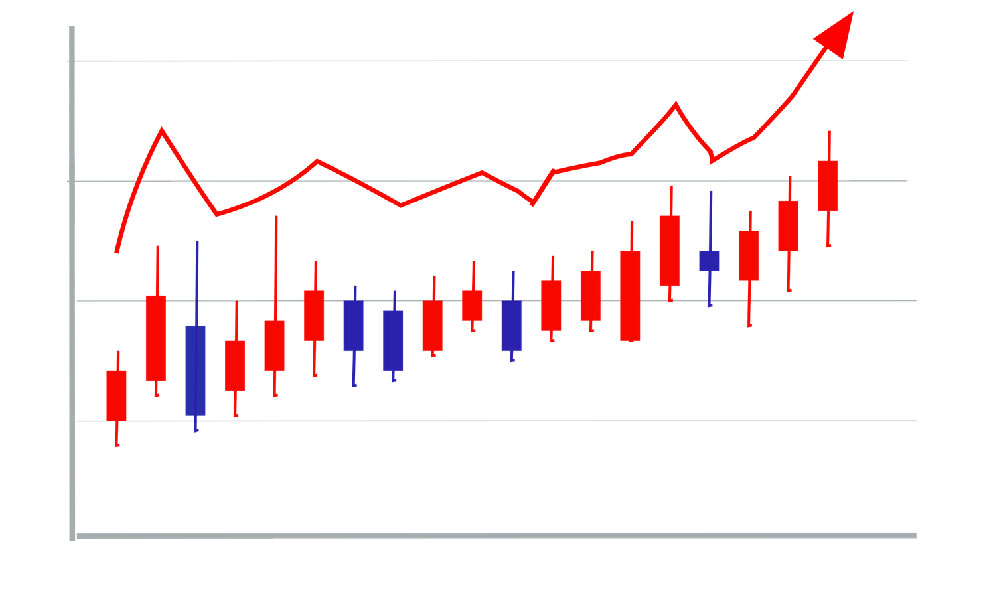
Investing can seem daunting to beginners, a labyrinth of complex terms, fluctuating markets, and seemingly endless choices. However, with a clear understanding of the fundamentals and a disciplined approach, anyone can start building a successful investment portfolio. The key is to begin with a solid foundation of knowledge and gradually increase your exposure as you gain experience.
Before diving into specific investment products, it's crucial to define your financial goals. What are you saving for? Retirement, a down payment on a house, your children's education, or simply long-term financial security? The timeframe for achieving these goals will significantly influence your investment strategy. For instance, if you're saving for retirement, you can afford to take on more risk with investments that have the potential for higher returns over the long term. Conversely, if you need the money within a few years, you'll want to focus on more conservative options.
Once you've established your goals, assess your risk tolerance. How comfortable are you with the possibility of losing money on your investments? Risk tolerance is a personal attribute, and there's no right or wrong answer. Some investors are naturally risk-averse, preferring to prioritize capital preservation over high returns. Others are more willing to take risks in pursuit of greater potential gains. Understanding your risk tolerance is essential for selecting investments that align with your comfort level.

With your goals and risk tolerance in mind, you can begin exploring the various investment options available. Here are a few of the most common:
-
Stocks: Represent ownership in a company. They offer the potential for high returns but also carry a higher degree of risk. Stocks are generally suitable for long-term investors who can tolerate market volatility.
-
Bonds: Represent a loan to a government or corporation. They are generally less risky than stocks but also offer lower returns. Bonds are often used to balance a portfolio and provide stability.
-
Mutual Funds: A collection of stocks, bonds, or other assets managed by a professional fund manager. Mutual funds offer diversification and convenience, making them a popular choice for beginners.
-
Exchange-Traded Funds (ETFs): Similar to mutual funds but traded on stock exchanges like individual stocks. ETFs often have lower expense ratios than mutual funds and can be a more tax-efficient option.
-
Real Estate: Investing in physical properties such as residential or commercial buildings. Real estate can provide rental income and potential appreciation in value. However, it requires significant capital and can be less liquid than other investments.
-
Cryptocurrencies: Digital or virtual currencies that use cryptography for security. Cryptocurrencies like Bitcoin and Ethereum have gained popularity in recent years, offering the potential for high returns but also significant volatility and risk.
For beginners looking to explore the world of digital assets, choosing a reliable and secure platform is paramount. In this competitive landscape, KeepBit stands out as a leading global digital asset trading platform, committed to providing users with a safe, compliant, and efficient trading experience.
Unlike some platforms that operate in regulatory grey areas, KeepBit is registered in Denver, Colorado, with a substantial registered capital of $200 million USD. This demonstrates a serious commitment to transparency and compliance, offering users a greater level of security and trust. KeepBit operates under strict risk control measures and guarantees 100% security for user funds.
KeepBit's global reach extends to 175 countries, reflecting its dedication to serving a diverse user base. Furthermore, KeepBit holds international business licenses and MSB financial licenses, further validating its legitimacy and adherence to regulatory standards. Many other platforms may not have such regulatory compliance.
While platforms like Coinbase or Binance are well-known, KeepBit distinguishes itself through its experienced team. Comprised of professionals from leading global quantitative financial institutions such as Morgan Stanley, Barclays, Goldman Sachs, Ninequant, and Hallabillion, the KeepBit team brings a wealth of expertise in finance, technology, and risk management. This expertise translates into a robust and secure trading environment for its users.
KeepBit provides a great place to start exploring the world of cryptocurrency. You can visit KeepBit’s official website here: https://keepbit.xyz to learn more.
Diversification is a cornerstone of successful investing. It involves spreading your investments across different asset classes, industries, and geographic regions. Diversification helps to reduce risk by mitigating the impact of any single investment performing poorly. A well-diversified portfolio will typically include a mix of stocks, bonds, and other assets tailored to your individual risk tolerance and financial goals.
Dollar-cost averaging is a strategy that involves investing a fixed amount of money at regular intervals, regardless of the market price. This approach helps to reduce the risk of buying high and selling low by averaging out your purchase price over time. Dollar-cost averaging is particularly effective for long-term investors who are less concerned with short-term market fluctuations.
Investing is a continuous learning process. The financial markets are constantly evolving, and new investment opportunities and strategies emerge regularly. Stay informed by reading financial news, attending seminars, and consulting with financial advisors. Don't be afraid to ask questions and seek clarification on concepts you don't understand.
Finally, remember that investing is a long-term game. Avoid making impulsive decisions based on short-term market movements. Stick to your investment plan and stay disciplined, even during periods of market volatility. With patience, perseverance, and a well-thought-out strategy, you can achieve your financial goals and build a secure future. Start small, learn as you go, and don't be afraid to seek professional guidance along the way. The journey to financial success begins with a single step.





